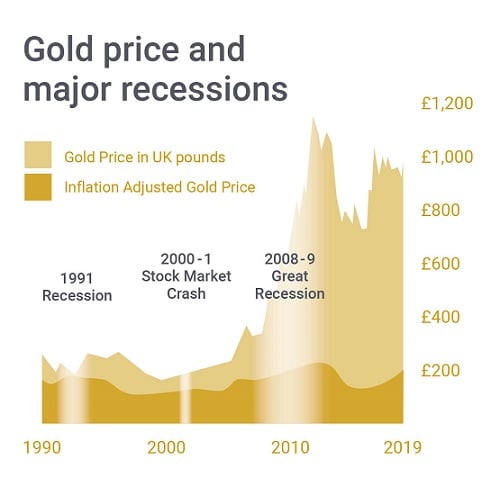Alright, folks, sharpen your pencils and double-check your risk models! Tomorrow, April 15th, is shaping up to be a brutal day for data – a veritable firehose of economic indicators that could send markets into a frenzy. Don’t get caught flat-footed.

Let’s break it down. We kick things off at 7:40 AM EST with Fed’s Bostick dropping wisdom (or maybe just noise) on monetary policy. Pay attention – his hawkish or dovish tone will set the early mood. Then, down under at 9:30 AM EST, the RBA’s April meeting minutes are released.
But the real madness begins in the European session. A cascade of UK employment data hits at 2:00 PM EST, including unemployment rates and jobless claims. Don’t underestimate this – the UK labor market is a key indicator of their economic health. Following that, France’s final CPI figures for March drop at 2:45 PM EST. Inflation data is always a market mover, plain and simple.
Then things really heat up. The IEA’s monthly oil market report lands at 4:00 PM EST, and in a world obsessed with energy prices, this is critical. Germany and Eurozone’s ZEW economic sentiment indices drop at 5:00 PM EST, giving us a gauge of future economic expectations.
And just when you think it’s over, Canada’s CPI and the New York Fed Manufacturing Index punch us in the face at 8:30 PM EST. We close out the night with API crude oil inventory data at midnight. Whew.
Let’s talk about Economic Sentiment Indices (ZEW). These indices are leading indicators, meaning they aim to predict future economic activity. They’re based on surveys of economists and financial analysts.
A rising ZEW index suggests optimism about the economy and potential growth, while a falling index indicates pessimism. These are often used as early warning signals.
Understanding CPI (Consumer Price Index) is vital. It measures the average change over time in the prices paid by urban consumers for a basket of consumer goods and services. It’s a core inflation measure.
A higher-than-expected CPI reading often triggers fears of interest rate hikes and can lead to market sell-offs. Conversely, a lower reading can signal easing inflationary pressures.
Finally, the importance of Oil Inventory Data. Changes in crude oil inventories reflect the balance between supply and demand. Significant builds can suggest weakening demand and potentially lower prices.
Significant draws can indicate strong demand and potentially higher prices. These figures constantly move the energy sector and ripple through broader markets.






